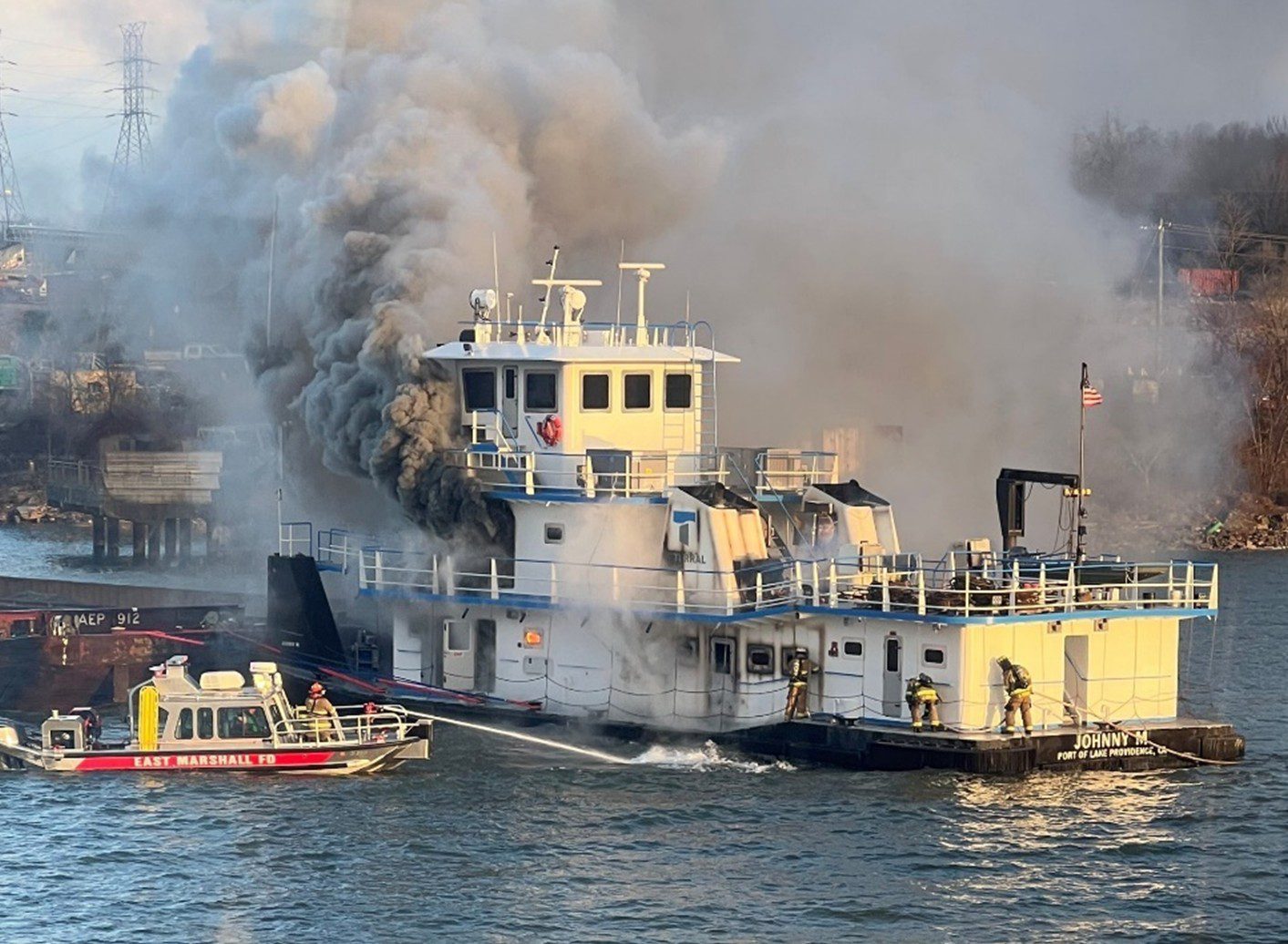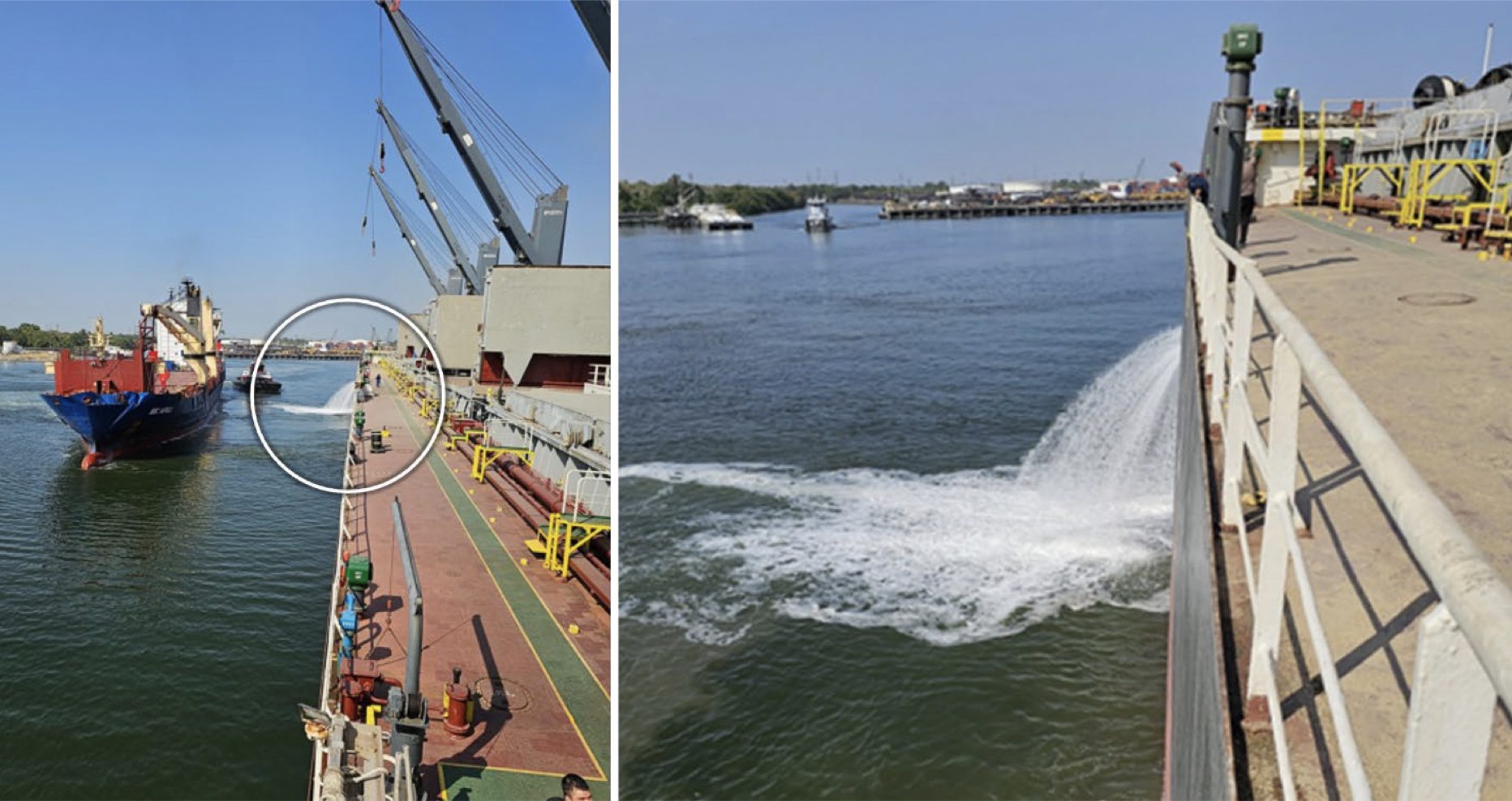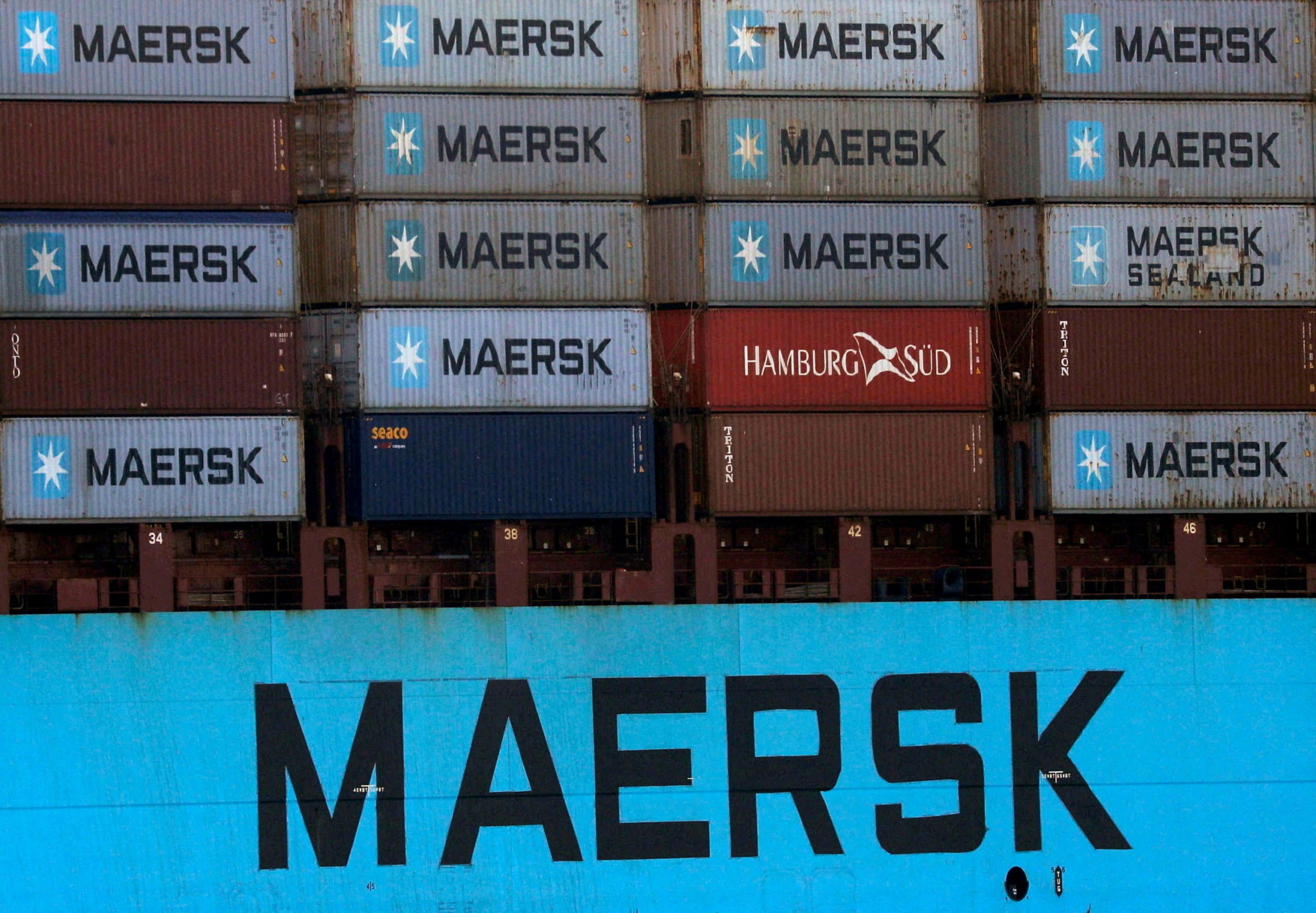A catastrophic engine failure aboard the towing vessel Johnny M led to a serious fire that caused $3 million in damage, highlighting critical safety vulnerabilities in marine fire protection systems.
The incident occurred on January 30, 2024, near Grand Rivers, Kentucky, when the vessel was pushing four barges on the Tennessee River. The six crew members were forced to abandon ship after their attempts to extinguish the fire using the CO2 fixed-fire-extinguishing system proved unsuccessful.
According to NTSB investigators, the vessel’s lack of covers for the main engine combustion air intake openings proved to be a critical design flaw. When the port main engine experienced a catastrophic failure, the exposed ducting in the engine room was consumed by the fire, creating a pathway that allowed oxygen to enter while letting the carbon dioxide from the fire-extinguishing system escape.
The sequence of events began when the vessel was maneuvering near the Kentucky Lock and Dam. The pilot reported hearing multiple alarms in the wheelhouse, including what he believed to be a “low water or low coolant temp” alarm for the port main engine. Shortly after, crew members observed the vessel becoming engulfed in smoke.
Despite the crew’s quick response and adherence to emergency procedures, including activating the CO2 fire extinguishing system and shutting off fuel supplies, the fire continued to burn. The investigation revealed that while the crew had placed covers on the intake and exhaust fans, the vessel’s design left the main engine combustion air intake openings vulnerable.
Post-casualty examination revealed severe damage to the port main engine, with investigators finding that the nos. 1 and 2 connecting rods had forcibly separated from the crankshaft with their bearing caps broken off. The continued operation of the engine after this failure led to catastrophic damage, with pieces of bearing caps wedged between sections of the engine crankcase.
The NTSB determined that the probable cause of the fire was “a catastrophic main engine failure that caused the venting and ignition of hot atomized lube oil.” The report specifically cited the lack of structural fire protection for the main engines’ combustion air intake ducting as a contributing factor, as it allowed oxygen to enter the engine room once the fire consumed the ducting.
The incident highlights a significant safety concern in marine vessel design. The flexible ducting providing combustion air to the main engines, which extended from the engine stacks on the main deck down to the engine room, had no insulation or barriers to prevent the passage of smoke, heat, and fire. The NTSB said this type of unprotected ducting can compromise the effectiveness of fixed fire extinguishing systems when the ducting is damaged by fire.
The investigation points to the broader issue of structural fire protection measures to ensure the effectiveness of fire suppression systems. The NTSB’s findings suggest that incorporating proper structural fire protection could have prevented the spread of fire and enabled the CO2 system to function as intended.
The vessel was eventually towed to Paducah, Kentucky, for overhaul and investigation after local fire departments successfully extinguished the fire. While no injuries or pollution were reported, the incident serves as a crucial reminder of the importance of comprehensive fire protection systems in marine vessel design.
The NTSB’s full investigation report can be found at: Marine Investigation Report 25-15

 Join The Club
Join The Club











